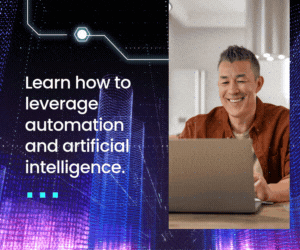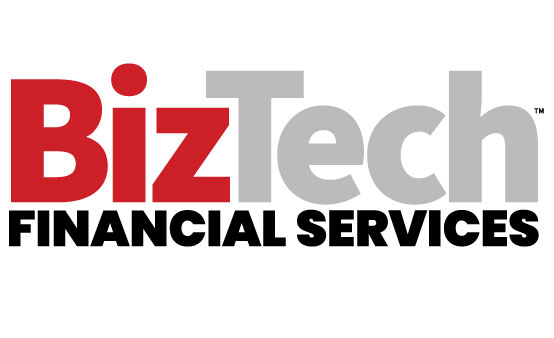Building More Trust in Agentic AI
Some of that wariness, according to Swami Sivasubramanian, vice president of AWS Agentic AI, stems from a fear of error. Humans make mistakes, he said, but we don’t like to offload a task and see it done inaccurately by a bot. Right now, most AI agents still lack reliability. “Imagine having an agent that's always 90% accurate. Sounds great, unless it's unpredictable, like a brilliant and inconsistent colleague. It may be 90% accurate on a specified pass today and only 70% accurate tomorrow,” said Prasad.
For humans to use agentic AI on a daily basis, that error ratio has to get lower. “Every percentage point matters to earn customers’ trust, which typically happens at 90%-plus accuracy,” Prasad added. But AWS is confident that widespread adoption is possible, with eight new enterprise-ready models developed in the past six months (including Amazon Nova, Amazon SageMaker, Bedrock Knowledge Bases and Amazon OpenSearch).
If these agents are trained properly, they can complete tasks without human intervention. Take Nova, for example, which allows “AI to accomplish the same tasks you and I do every day on a computer,” said Prasad.
EXPLORE: Empower people with AI solutions.
The Start of More Sophisticated, Self-Reflective Agents
There are several factors that make agents different from other automation tools, Sivasubramanian notes. Rather than execute tasks step by step, “agents take higher-level objectives as inputs, and they decompose them into plans and any required code necessary to solve the problem. They are dynamic.”
Agents are also capable of self-examination. “Rather than running to their instructions from start to finish, like a pipeline, they self-reflect and until they have reached a desired goal, changing their tactics as and when needed. And third is action and tool use. Whether that's performing actions in other systems, like making API requests, or being able to access data,” these agents can pivot in order to “achieve the overall goal,” said Sivasubramanian.
To act ethically, agents need to be strictly trained and retrained on a company’s compliance and regulation policies. But repetition is key as they build up their log of recurrent tasks. Agents still need to “remember their past interactions and learn to improve over time, allowing them to be truly personalized,” Sivasubramanian said in his keynote.
The more work agents perform, the better they become at self-reflection. For an agent to have the knowledge of an employee working on a six-month project, it requires “not just high-performance logging of short-term activities but also mapping this extremely long context to higher-level concepts that the agents learn over time. Next is enabling agents to interact with true autonomy on behalf of users and systems,” he added.














